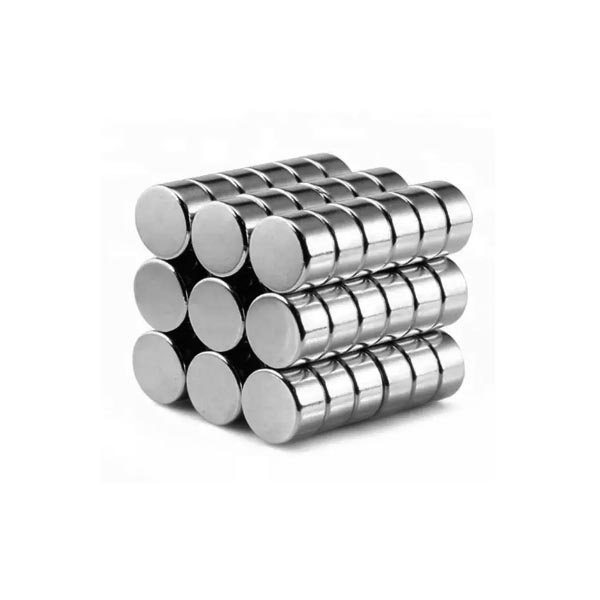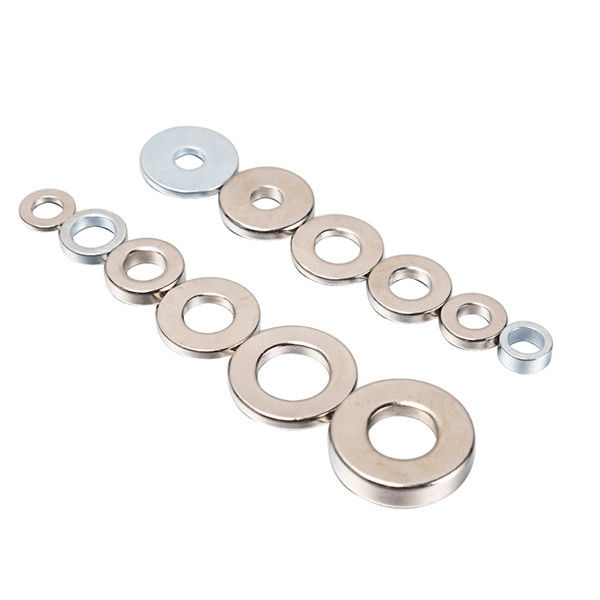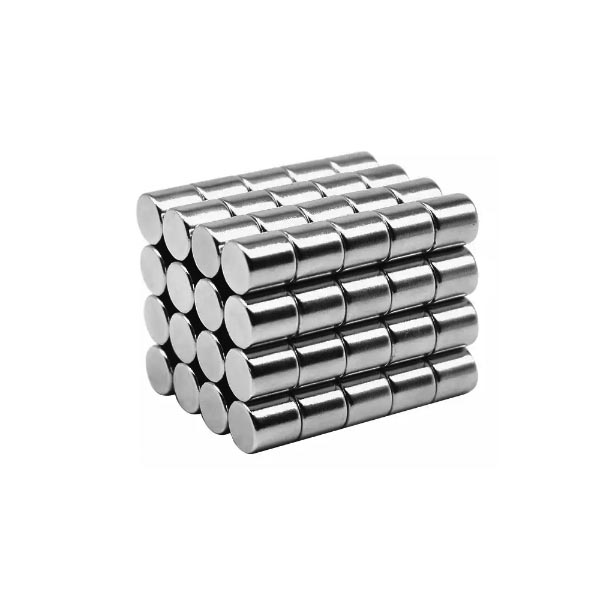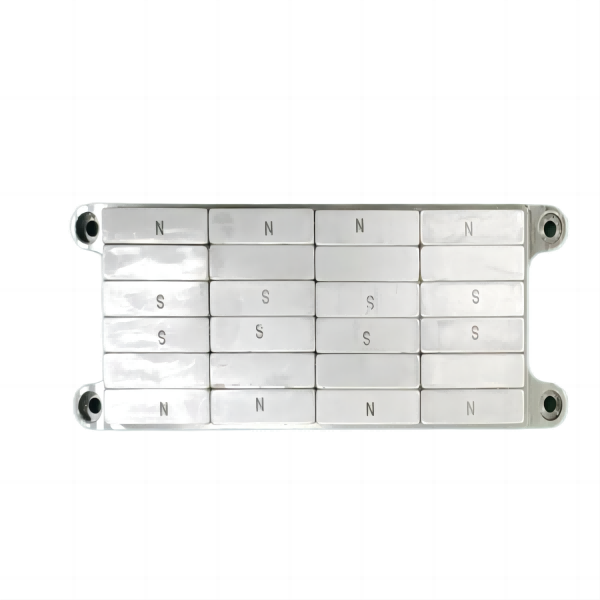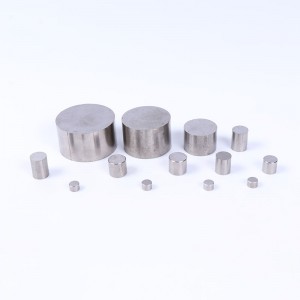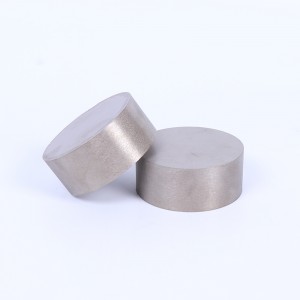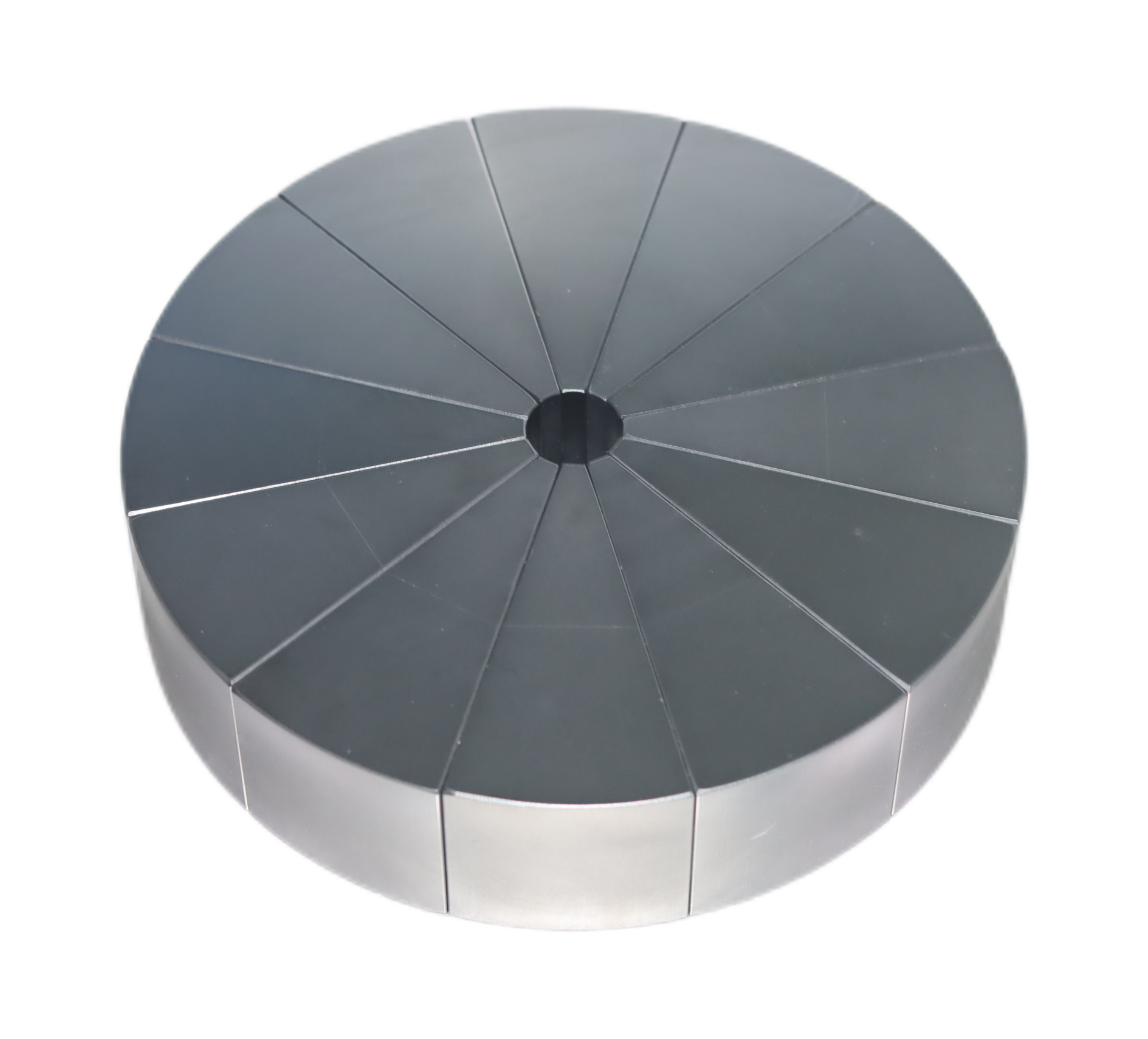Neodymium magnet cylinder 3mm – Manufacturer from China |
Micro Sized Super Strong Magnets – 3mm
This delicate Neodymium rod magnet is every craft maker’s dream. Small permanent magnets such as these are the perfect size and strength for embedding in small (3mm) and intricate craft projects such as felt creations, jewelry boxes and paperwork.
Quality Assurance
These Neodymium magnets are protected with the world’s most advanced coating methods that maximise longevity and this coating provides a smooth, clean finish that looks aesthetically pleasing. These high powered magnets have been engineered to the highest ISO standards and they are built to last, however, Neodymium is naturally a fragile material and clashing two magnets together risks cracking or damaging them.
We sell all grades of neodymium magnets, custom shapes, sizes, and coatings.
FAQ
Temperature can significantly affect the magnetic properties of a magnet. The relationship between temperature and magnetism is complex and varies based on the type of magnet material. Here’s how temperature can affect magnets:
- Curie Temperature
- Temperature-Dependent Strength
- Demagnetization
- Permanent Changes
- Structural Changes
- Hysteresis Losses
Different magnet materials react differently to temperature changes. Some materials, like neodymium magnets, are highly sensitive to temperature, while others, like alnico magnets, are more stable at elevated temperatures. Proper selection of magnet materials and consideration of the application’s temperature conditions are crucial to maintaining consistent magnet performance over time.
Yes, magnets can lose their properties when heated, especially if the temperature exceeds certain critical points specific to the magnet material. Heating magnets can result in a range of effects, including temporary or permanent changes to their magnetic properties. Here’s how heating affects magnets:
- Demagnetization
- Curie Temperature
- Permanent Changes
- Structural Changes
- Hysteresis Losses
It’s important to note that the extent of the impact of heating on magnets depends on various factors, including the magnet material, the duration and intensity of heating, and the specific application conditions. Some magnet materials, like alnico and samarium-cobalt, are more heat-resistant compared to neodymium magnets.
Yes, magnets can work on hot metal, but the effectiveness of the magnet’s attraction can be influenced by the temperature of the metal. Here’s what you need to know:
- Temperature Effect
- Curie Temperature
- Neodymium Magnets
- Alnico and Ferrite Magnets
- Temporary Effects
When working with magnets and hot metal, it’s important to consider the Curie temperature of the magnet material and the temperature of the metal being magnetically interacted with. If you’re using magnets in high-temperature environments, it’s advisable to choose a magnet material that is suitable for those conditions, such as using alnico or other heat-resistant magnets.
Your Custom Custom Neodymium Magnets Project
Magnetics has more than 10 years of experience in the design and manufacture of custom rare earth magnets. Send us a request for quote or contact us today to discuss your project’s specialty requirements, and our experienced team of engineers will help you determine the most cost effective way of providing you with what you need.Send us your specifications detailing your custom magnet application.
